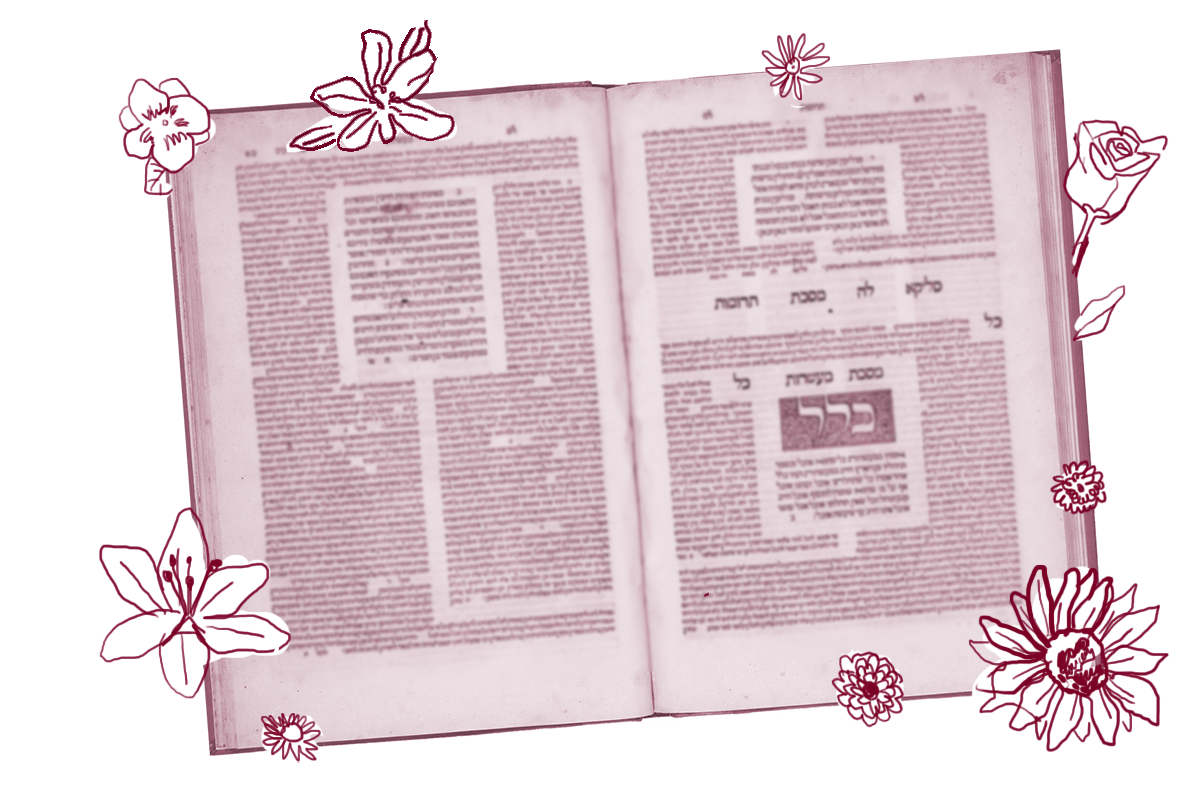Can one perform half of a mitzvah in one way and the other half of the same mitzvah in another way?
This is the question addressed in today’s daf, which follows from the discussion initiated by the mishnah on yesterday’s daf that dealt with a case where one person testifies that a Jewish bill of divorce was written in their presence, and another person testifies that it was signed in their presence. In such a situation, do these two statements combine to produce the whole statement required by Jewish law?
As we saw yesterday, in terms of this specific question, the mishnah rules that they do not. On today’s daf, however, the Gemara considers a range of other analogous situations. One of these comes from a mishnah in Mikvaot, which states:
A sick person who experienced a seminal emission, who had nine kav of water poured over him, he is ritually pure.
With your help, My Jewish Learning can provide endless opportunities for learning, connection and discovery.
According to Leviticus 15:16, if a man experiences a spontaneous seminal emission, he must immerse “his whole body” in water to restore himself to purity. This mishnah rules that we can be lenient if the person in question is old or unwell, sufficing with merely pouring nine kav (or a little more than 10 liters) over him. With this in mind, Rav Pappa then asks:
If half of him (is purified) by immersion and half of him through pouring, what is the halakhah?
Similar to the case of the split witness testimony, Rav Pappa wants to know if the washing can be split too — with half the body purified through immersion and half through pouring? The Gemara can’t answer this question, leaving it with the work teyku — the talmudic expression for questions that stand unresolved. But Rabbi Abraham Gombiner, a 17th-century Polish talmudist, rules that if the pouring of water began before the immersion was complete, then the two actions do combine.
This ruling seems consistent with another case we encounter on today’s daf, which quotes another mishnah from Mikvaot:
A ritual bath that contains precisely 40 se’a of water, and two descended and immersed. If both immersed at the same time, they are ritually pure. If sequentially, the first person is ritually pure, but the second person is impure. Rabbi Yehuda says: If the first person’s feet were still touching the water, the second person is also ritually pure.
To be considered kosher, a ritual bath must contain 40 se’ah, or about 120 gallons, of water. If two people immerse simultaneously in a mikvah that contains precisely that amount, they are both considered pure.
But if they immerse one after the other, only the first person is pure. That’s because we presume that some quantity of water clung to the first person when they emerged, leaving less than the requisite 40 se’ah for the second person. However, Rabbi Yehuda rules that if the first person’s feet are still in the water when the second person enters the water — thereby connecting the two immersions — then the second person is also ritually pure. Accordingly, what we see both from Rabbi Yehuda’s, and Rabbi Gombiner’s ruling, is that while two different actions don’t automatically combine, if they are made to overlap in one way or another then they do.
In terms of our own lives, each of us are gifted with abilities which can make some difference to the world. However, it is when we make the choice to work together, to overlap in some way, and to combine forces, that we can then transform the world.
Read all of Gittin 16 on Sefaria.
This piece originally appeared in a My Jewish Learning Daf Yomi email newsletter sent on June 1st, 2023. If you are interested in receiving the newsletter, sign up here.



